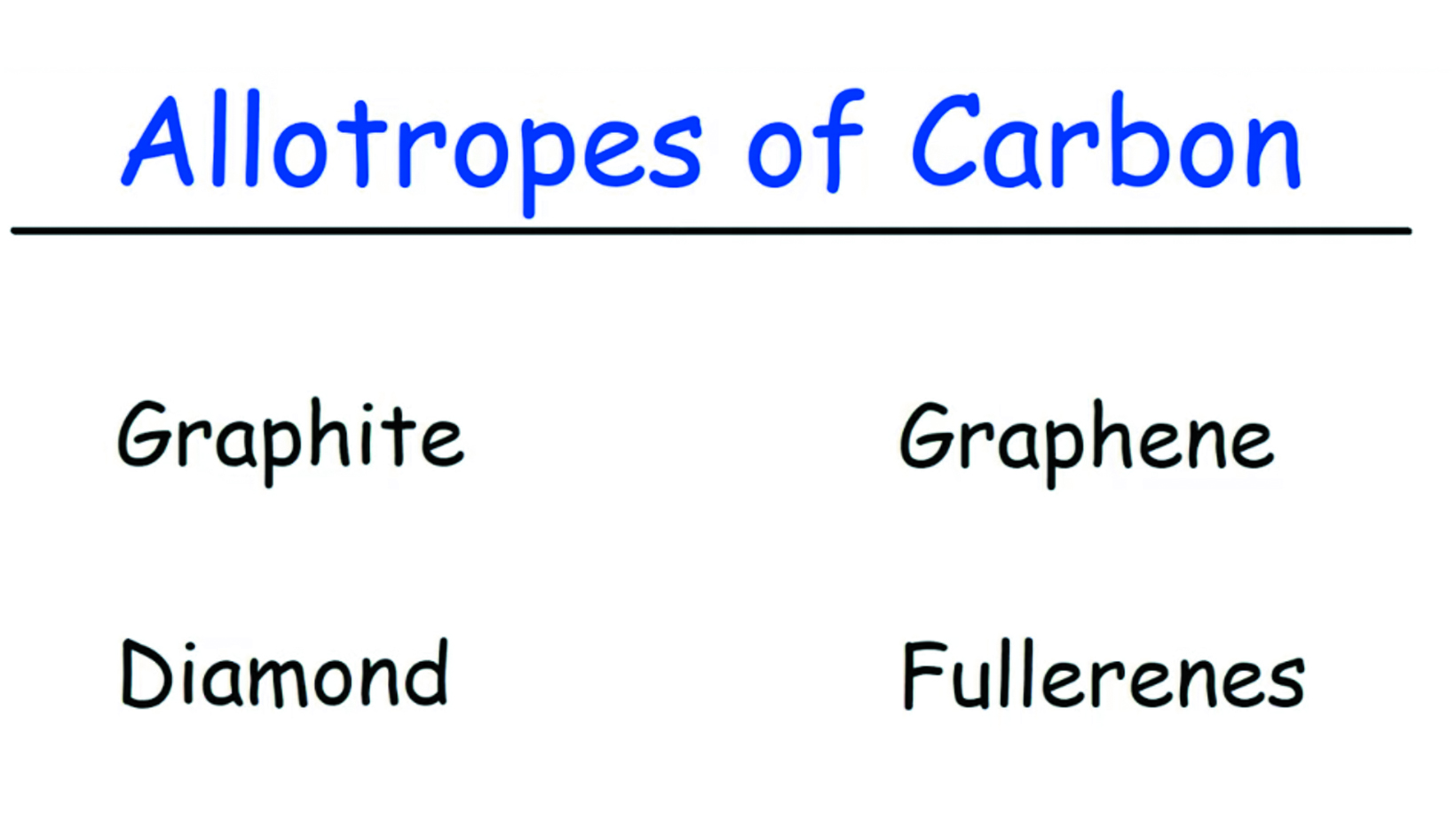Aeration is the process of introducing air or oxygen into a substance or environment. In the context of soil, aeration refers to the loosening or perforation of the soil to promote the exchange of air and water between the soil and its surroundings. Aeration enhances root growth, nutrient absorption, and soil structure in lawns, gardens, and agricultural fields.
Additionally, aeration is critical to intensively managed turfgrass. Water management, nutrient availability, thatch accumulation and root development are all affected by aeration. Playability and safety for the sports athlete are fast becoming an issue and possible liability. Spiking, core aeration and slicing are all used by the professional Turf Manager and each has it’s advantages.
Spiking helps improve water penetration and doesn’t leave unsightly plugs on the surface. This type requires frequent aeration as results do not last as long.
Core aeration is probably the best of the three but you will have plugs left on the surface. You can choose to pick up the plugs or water them in. They will breakdown after one or two waterings.
Slicing is very beneficial on the surface (for thatch) but has little value for the root zone of the turf. It is by far the simplest and fastest of the three.
Thatch and Aeration
Frequency of these operations depends on the thatchiness of the turf, the root zone of the plant, and the compaction of the soil. Core aeration and top dressing provide the most effective method of root zone modification and improvement. By removing the cores and top dressing with a mix of sand, Humic Acid, Zeolite, Magnesium and Calcite Calcium can improve your turf within a day or two (depending on soil type and temperatures).
The heavier the traffic, the more you should aerate. It is ideal to aerate home lawns twice a year or a minimum of once a year. Sports Fields (baseball, soccer, football) need monthly aeration, but for best results should be done weekly. Golf Courses need it at least monthly, depending on soil type and play.
Keep Thatch Under Control
Thatch is a layer that consists of dead and living stems, blades and roots that build up on any well-maintained turf. A small amount of thatch is a good thing, but when it gets over a half inch it becomes a problem. Thatch can become the home of both insects and disease. By aerating on a regular basis thatch is managed and shouldn’t become much of a problem. The growth pockets that are created when you aeration put food and water in easy reach of the plant roots. The root system actually grows toward these pockets and becomes deeper and stronger. Better roots mean a thicker and healthier lawn or turf.
Softer Soil
Heavy clay soils can become very compacted over time. Clay soil particles are flat and tightly packed with little space between for water, air and root movement. Aeration allows the soil to expand which helps roots to penetrate deeper and further. Over a period of time aeration can help soil to become softer and more open.
Review our website to learn more and contact a Greensmiths Distributor for sales and service.




